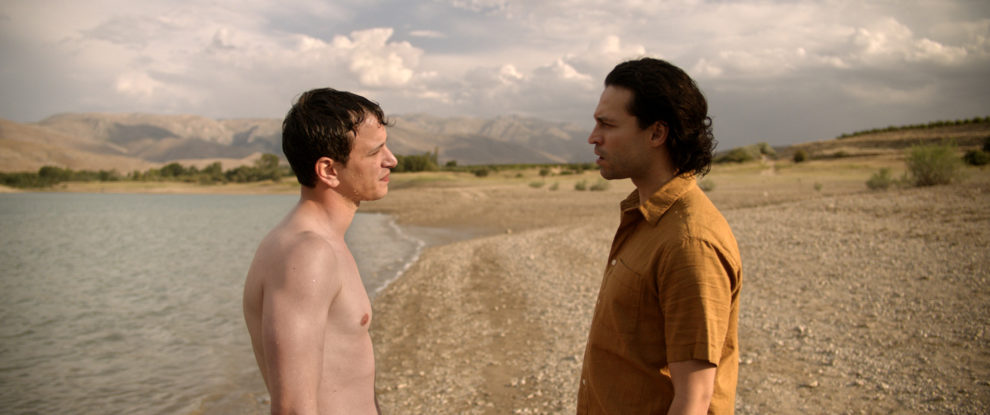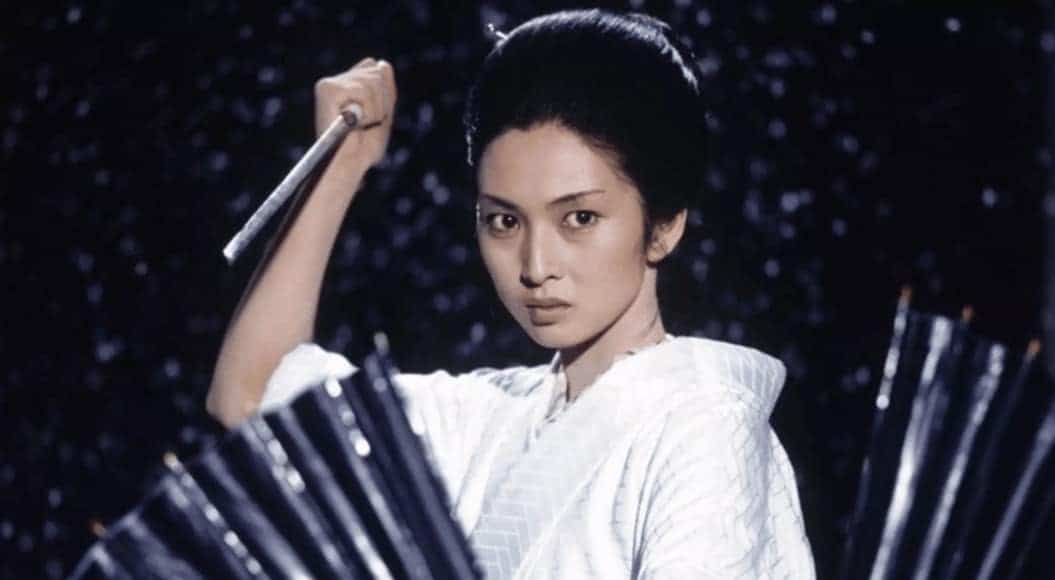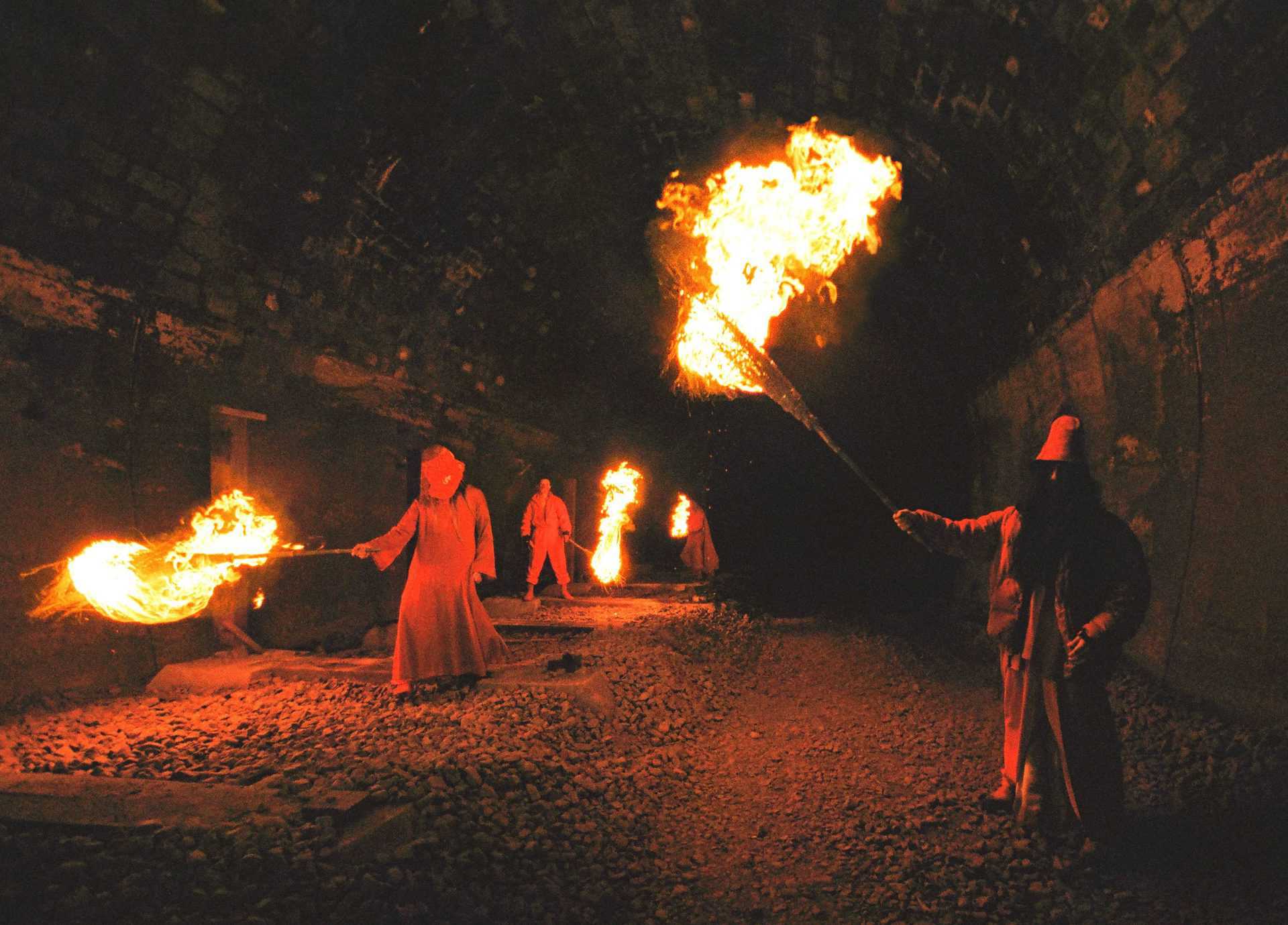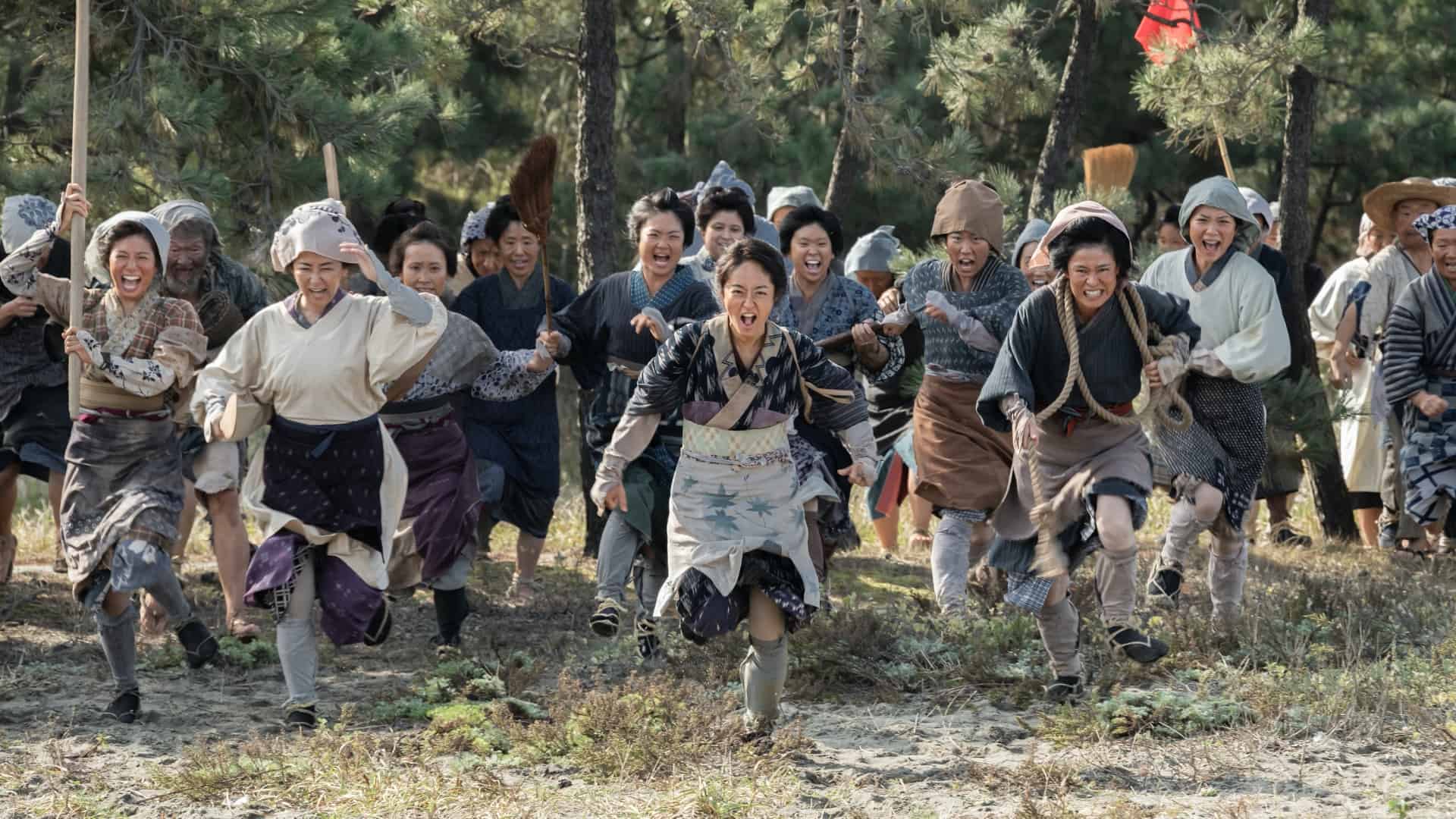Considering the gradual rise of cinema in the Arabic countries, either indoors or through diaspora, this year we expanded the selection of the Best West Asian films to include both West and Central Asian countries, in a list we feel highlights the diversity of the cinema of those countries, as much as the quality of their productions. Iran has the lion's share as usual, considering it is the largest industry of the region, but movies from Israel, Turkey, Azerbaijan, Pakistan, Lebanon, Kuwait, Iraq, Bangladesh, Kazakhstan, Kurdistan also found their place in the list. Also of note is the fact that a number of these productions move towards the mainstream, in a rather pleasant diversity from the “misery porn” we usually get to watch from these countries, while documentaries and shorts are also included
Without further ado, here are the best West Asian films of 2022, in random order. Some films may have premiered in 2021, but since they mostly circulated in 2022, we decided to include them.
20. Summer with Hope (Sadaf Foroughi, Iran)
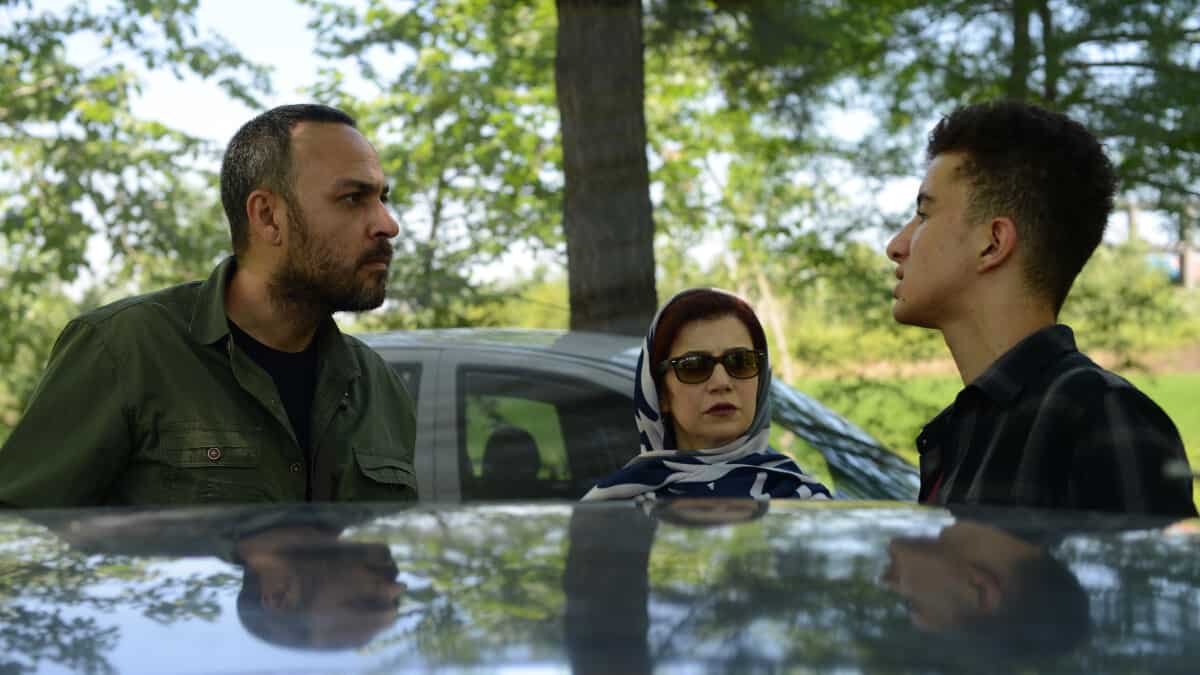
It plays out like an atmospheric, complex mix between a family drama and a thriller in which the things unspoken echo way louder than the spoken ones. Imagine a Xavier Dolan film (Foroughi actually quotes the Quebecois “enfant terrible” auteur with the opening shot of Omid dancing to a loud club hit in a neon-lit club), with all of its inter-familial relationships and the characters at odds with the society that surrounds them due to certain behavior codes, but set in a way more conservative society. (Marko Stojiljkovic)
19. America (Ofir Raul Graizer, Israel)

While the plot description and the film's structure in four chapters (the last of them serves actually as an epilogue) seem a bit Almodóvar-esque, “America” is actually a film that plays by its own set of rules. Each character we encounter is quite complex and life-like, which is especially true for our central trio whose traits, past and trauma we get to learn slowly through the drips of information Graizer feeds us through his script. Also, each of the central three chapters is centred around one of the relationships in the completely drawn triangle: Eli's and Yotam's platonic bro-mance, Eli's and Iris' passionate affair coming out of desperation, and Iris' and Yotam's rekindled love through which they both survive. (Marko Stojiljkovic)
18. Cold as Marble (Asif Rustamov, Azerbaijan)

Ismailov gives “Cold as a Marble” the necessary weight when he appears on screen almost halfway into the film. Playing a rough, emotionless man who has just returned home from prison, he becomes the centerpiece of the narrative and its solid rock. His role is dark but not without a pinch of humor, and there is a heavy polarity between his passive-aggressive behaviour and the likeability of his witty remarks. The first encounter with the old man is shockingly natural, like stumbling into a new, unpleasant neighbour and not knowing what to do. And Ismailov simply gives you a stare, almost as if he understands what kind of impact he has just caused. He is mostly shot through semi close-ups, with attention to his smirks and eye movements. (Marina D. Richter)
17. Until Tomorrow (Ali Asgari, Iran/Qatar)

The tension that ensues won't drop until the film's closing scene, and we are following Fereshteh's desperate actions to find a temporary solution. Since the moment she tries to eliminate traces of her daughter's existence, she encounters trouble after trouble from the neighbour she asks to take care of her bags packed, because ‘she invited the exteriminators to spray her apartment' and who in return reports this to Fereshteh's landlord, to finding an actual shelter for the baby. And when she finally thinks that the child is safe in the hands of her ex-lover's aunt, a hospital nurse, the whole thing blows in her face and she almost gets sexually abused by the head doctor (Babak Karimi). (Marina D. Richter)
16. Winners (Hassan Nazer, Iran)

On yet another level, Nazer also shows the difficulty of living in small towns in Iran, where the kids have to work to help their family from a rather young age, even doing hard labor such as picking garbage from landfills. That the movie never becomes “misery porn”, despite the narrative conditions to do so, emerges as one of the biggest directorial traits here, along and through Nazer's use of humor, which is highlighted repeatedly in Saber's mispronouncing names (the Eric Banana one will definitely make you laugh). (Panos Kotzathanasis)
15. Warsha (Dania Bdeir, Lebanon)
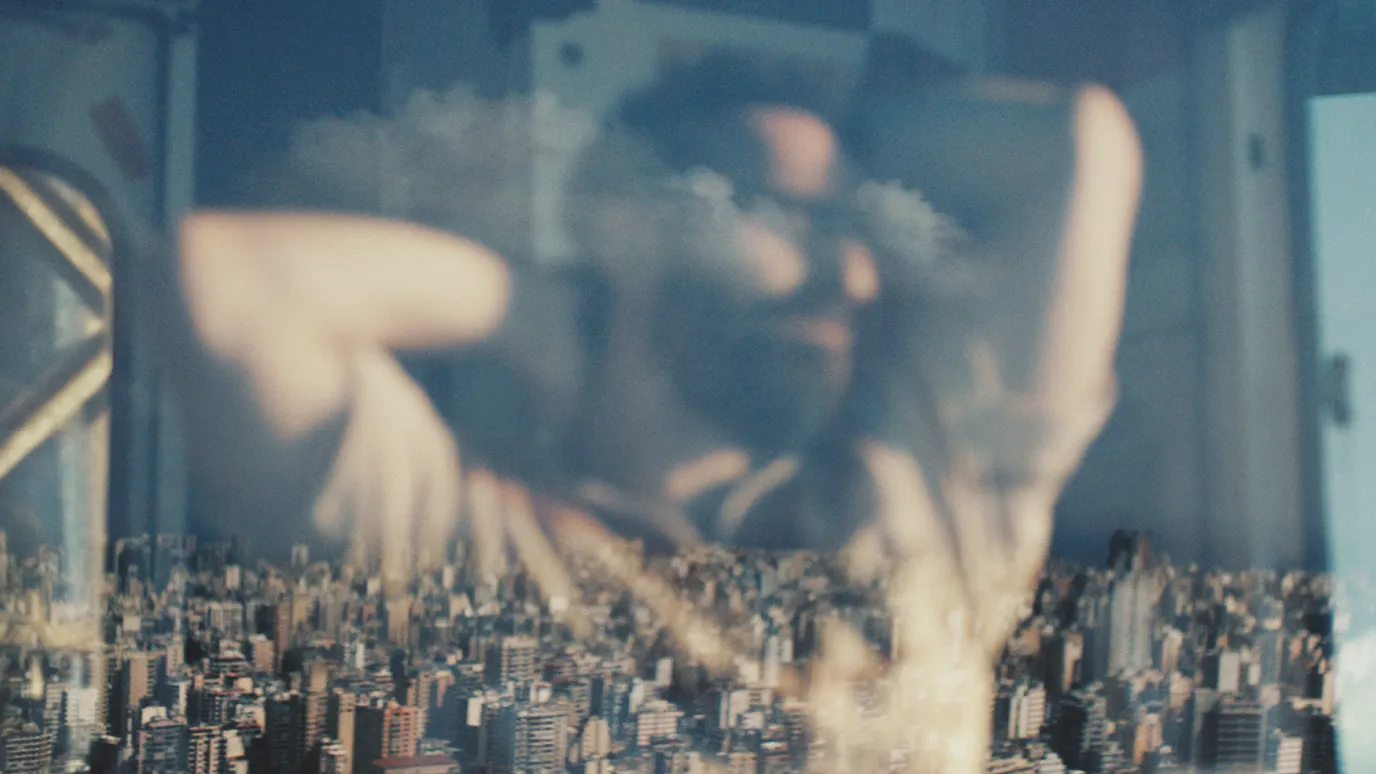
Dania Bdeir directs a very smart 15-minute short, that manages to make a number of realistic but pointy comments about the life of immigrant workers, but also to surprise in the most delightful way. Regarding the first aspect, the way he uses very brief scenes to highlight his remarks, emerges as quite intelligent, with a word or a brief scene here and there being ideal for the particular format. A curse towards the workers as they drive on the street, the initial scene, another worker mentiong the conditions of their work, and a religious scene towards the end are the most memorable samples of this approach, in a fashion that also demands unwavering attention from his viewers. As such, Ali J. Dalloul's editing emerges as one of the best aspects of the short, with the placement of these scenes within the narrative being ideal. (Panos Kotzathanasis)
14. Sirens (Rita Baghadi, Lebanon)
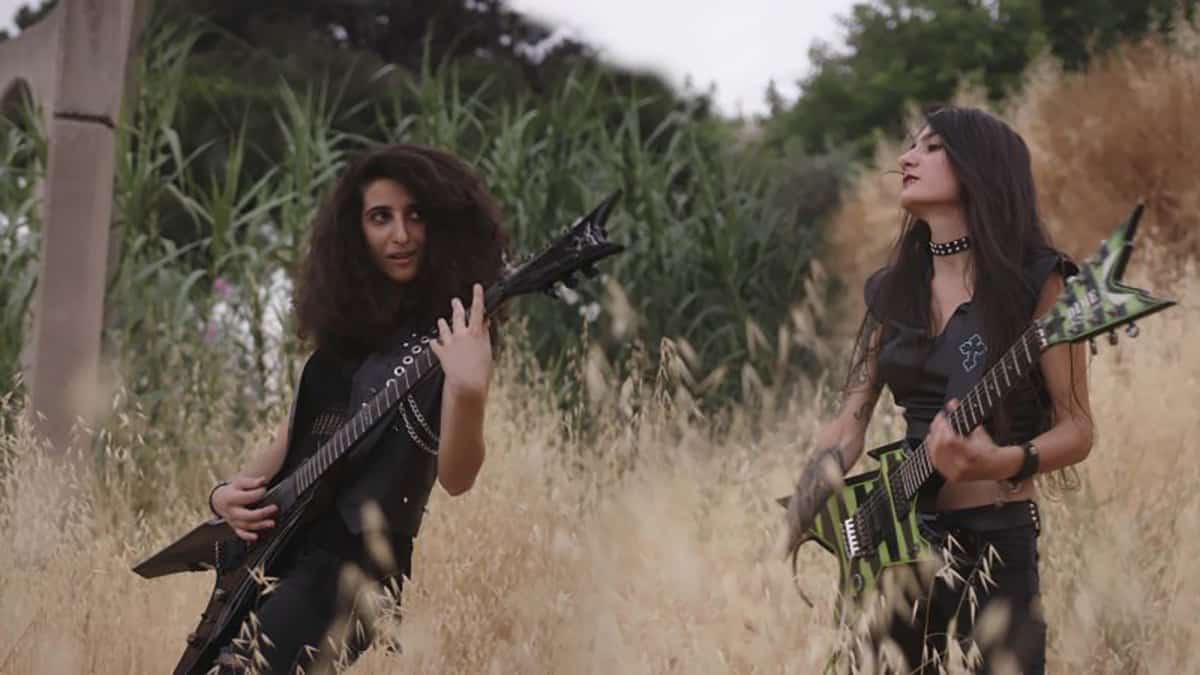
In that regard, the relationship of the two girls with their parents, but also with each other, in an aspect that reveals another element of their character, and the tension that dominates it, eventually take center stage, even though music is always on the foreground. Their antithesis is quite intense actually, with Shery being quite open about her thoughts, feelings and sexuality, while Lilas prefers not to reveal almost anything. When a fight during a group meeting escalates, the dynamics are revealed even more, in one of the most impactful moments of the documentary. (Panos Kotzathanasis)
13. Locust (Faeze Azizkhani, Iran)
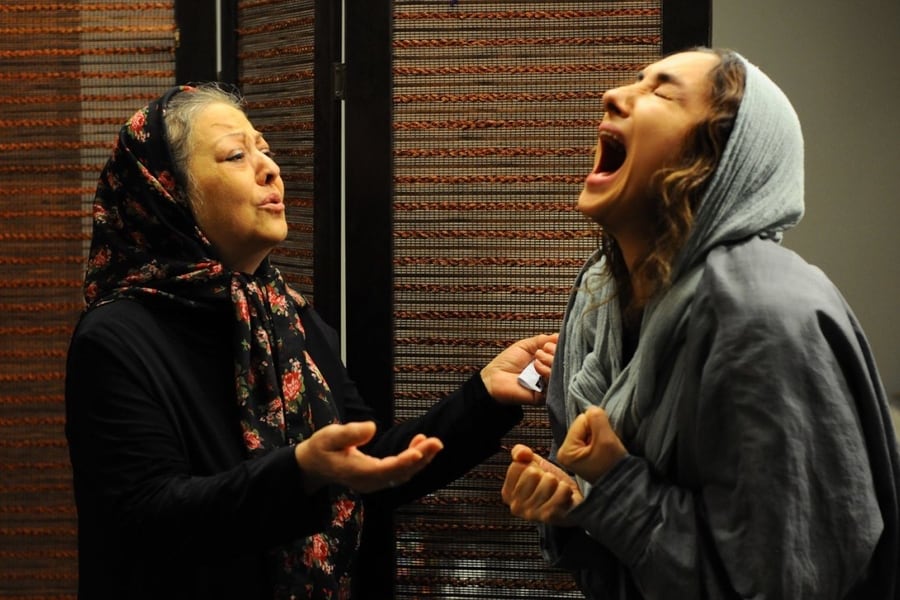
For those familiar with the struggles of a film production, especially within independent circles, some of the aspects and themes of Azizkhani's feature will not be a surprise. Given the director's background, having worked as script writer and assistant director for quite some time in her past, many of the events on screen seem to stem from having similar experiences or observations. Consequently, “The Locust” is a very dialogue-heavy drama, where the line between what the actors read from their script and what is their reality is often blurred, making it hard to distinguish reality from fiction. Azizkhani highlights how the creation of a feature is always a struggle, an ideological as well as a financial one, with the discussions about the project's monetary situation also being part of the story, which quite often takes a toll on those involved, in this case especially the main character. (Rouven Linnarz)
12. How I Got There (Zeyad ( Z ) Alhusaini, Kuwait)

Zeyad ( Z ) Alhusaini directs a movie that changes style and essentially genre a number of times, with action and comedy, however, remaining the main ingredients throughout the 135 minutes of its duration. In that fashion, the film begins winking to Guy Richie's style, with the swooshing editing that usually leads to flashbacks, being the main element of this approach. Furthermore, music video aesthetics and a frantic pace, courtesy of Jordan Maltby's editing, conclude one of the most impressive parts of the title. As time passes, though, the pace slows down a bit, with comedy and drama becoming part of the mix, with Alhusaini focusing intently on his two characters, their differences, and how their friendship changed through the years. (Panos Kotzathanasis)
11. Imad's Childhood (Zahavi Sanjavi, Kurdistan)
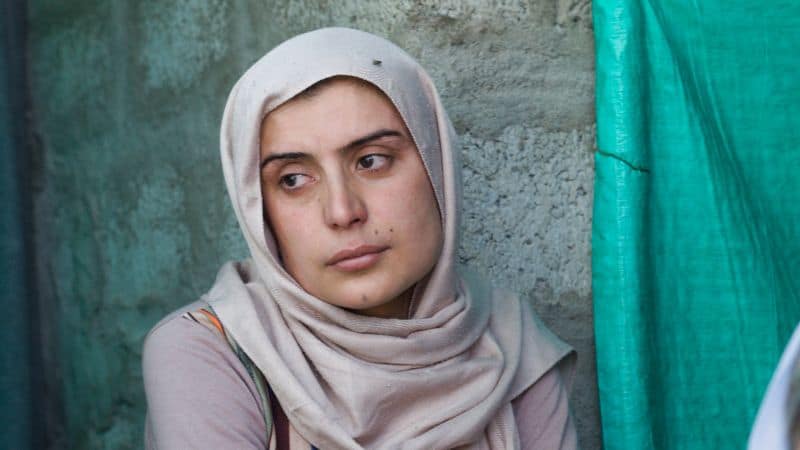
Zahava Sanjavi followed the family closely for many years, in a rather difficult effort that had him and his cameraman, Heshmatolla Narenji, running around a 4-year old that never stopped, witnessing repeating acts of shocking, violent tendencies, which occasionally even turned towards them, although in vocal fashion. The result, however, is impressive, as the story highlights both the blights of war and the despicability of ISIS's actions, whose members seem to hold nothing sacred, including childhood. (Panos Kotzathanasis)


